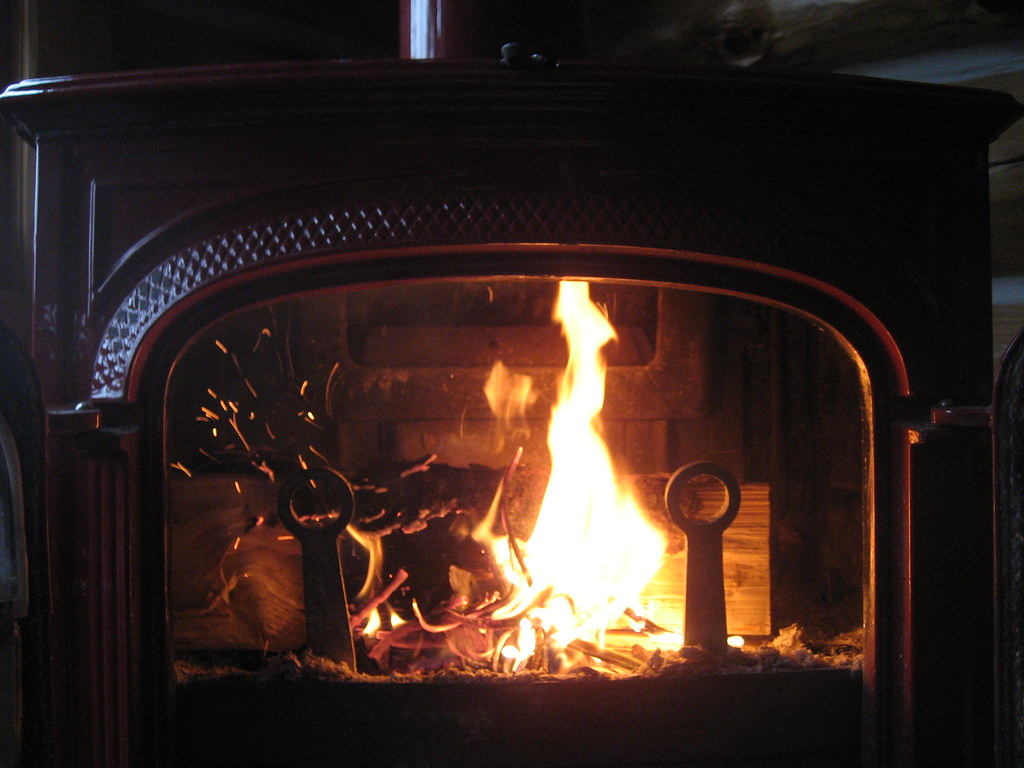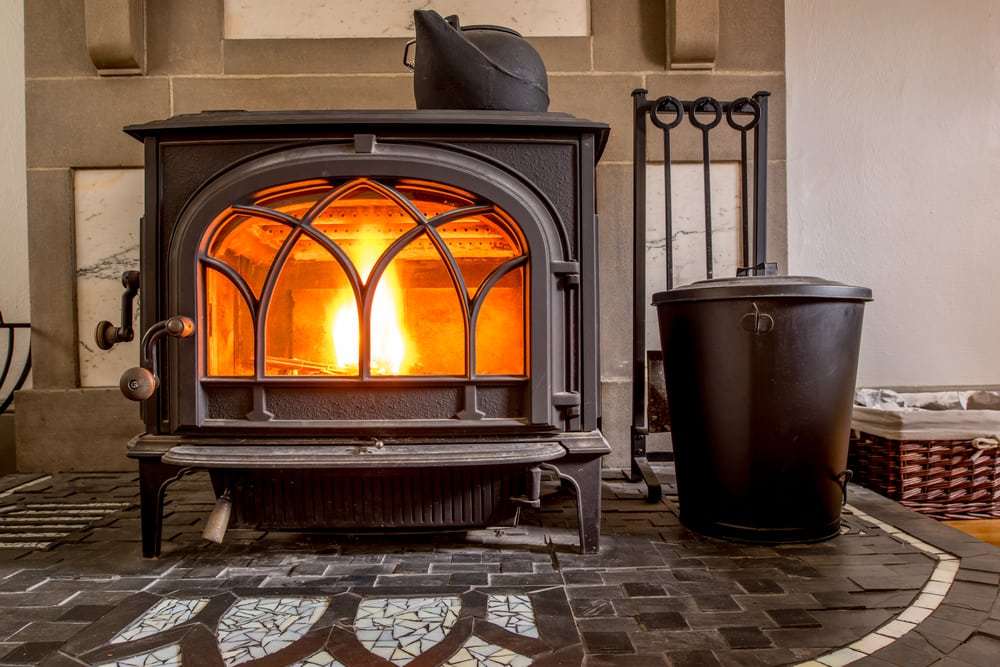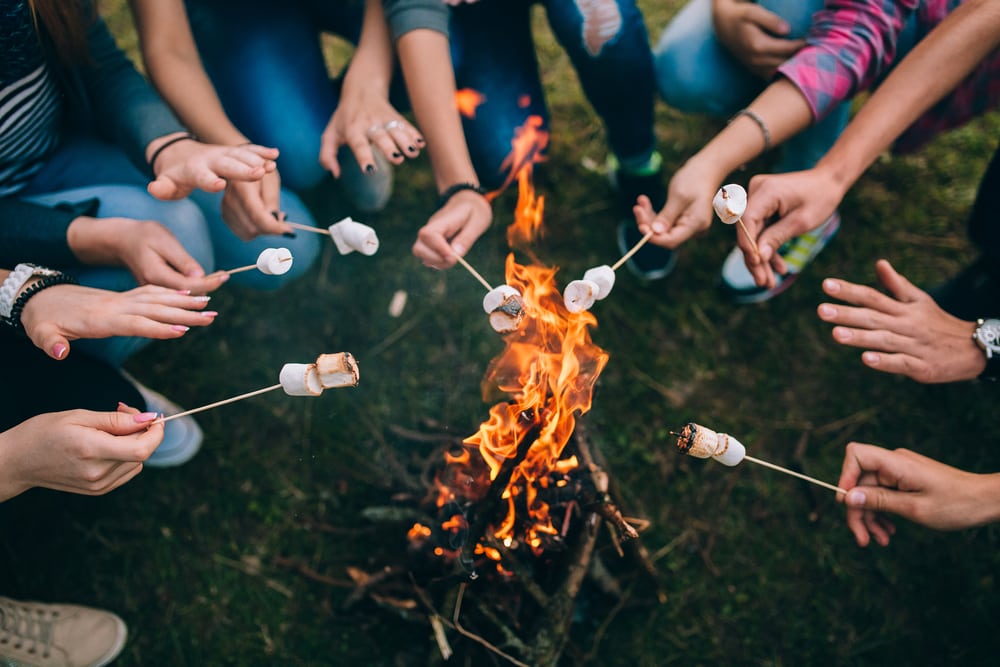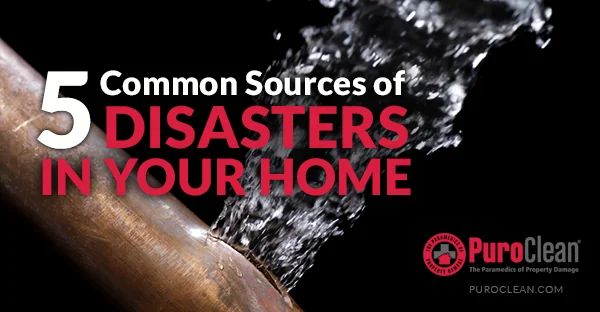Wood stoves are an alternative heating source that can provide comfort and warmth during winter. However, using wood stoves also presents risks, such as accidental fires and carbon monoxide poisoning. Proper use of wood stoves can help to significantly reduce the chances of a fire breaking out in your home.

Wood Stove Safety Tips to Follow:
- If you plan to buy a new stove, have a qualified professional install the stove, chimney, and connectors. Choose a stove that’s approved by a nationally recognized testing laboratory.
- Place your wood stove on a floor pad at least three feet away from walls, furniture, curtains, and other flammable material. Similarly, keep anything that can burn at least three feet away from the stove.
- Before the heating season begins, have your chimney, flue vents, and stove inspected and cleaned by a certified chimney sweep. As a DIY task, check latches, hinges, and gaskets regularly, and keep an eye out for damage.
- Remove ashes regularly and dispose of them safely. Let ashes cool (as they can contain live coals) before discarding them in a covered metal container. Keep the container outside, 10 or more feet away from your home and other buildings.
- Burn only dry, seasoned wood, such as maple, beech, ash, hickory, or oak. Don’t burn green wood, cardboard, or trash to prevent creosote buildup in your chimney flue.
- Never use gasoline, charcoal starter fluid, or other flammable liquids to start your fire or to increase the intensity of the fire. These substances might explode or flare-up.
- Store wood safely in a dry place, protected from the elements, such as under a shed or tarp. This also allows the wood to dry faster. In addition, keep the wood away from heat sources to reduce fire risks.
- Always supervise children when a wood stove is being used. Teach them to stay at least three feet away from a hot stove. Don’t allow pets near the stove, either.
- Ensure your home is equipped with smoke and carbon monoxide (CO) alarms. Install them outside each bedroom and on every level of the home. Interconnect all smoke and CO alarms throughout your house, so when one sounds, they all do. Test alarms monthly.
- Keep a Class A fire extinguisher handy. A portable fire extinguisher can help you to quickly put out a small fire.
For Smoke & Fire Restoration Services, Call PuroClean!
By taking these precautions, you’re ready to enjoy your wood stove during the cold winter months. For professional smoke remediation or fire damage restoration, contact us.
Is it safe to sleep in a room with a wood burning stove?
Sleeping in a room with a wood-burning stove can be safe if proper ventilation is ensured and all safety guidelines are followed, including using a carbon monoxide detector and maintaining adequate airflow.
How do you make a wood burning stove safe?
To make a wood-burning stove safe:
Install a certified stove with proper clearances.
Use a professional for installation.
Keep flammable materials away.
Use a spark guard.
Have a non-combustible floor protector.
Regularly clean and maintain the stove.
Install a carbon monoxide detector.
Follow manufacturer guidelines and local codes.
How do you protect documents from water damage?
To protect documents from water damage:
Store them in waterproof containers or bags.
Use sealable plastic sleeves or laminating pouches.
Keep documents in elevated areas during floods.
Install water detectors or alarms in storage areas.
Use water-resistant filing cabinets or safes.
Make digital copies as a backup precaution.
What is the most efficient type of wood stove?
EPA-certified catalytic and non-catalytic wood stoves are among the most efficient types, meeting environmental standards and providing efficient combustion for heat production.
Are wood cook stoves worth it?
Wood cook stoves can be worth it for those seeking a traditional cooking experience, energy independence, and efficient heating. Consider factors like cost, maintenance, and environmental impact before deciding.




 PuroClean of Coral Gables
PuroClean of Coral Gables